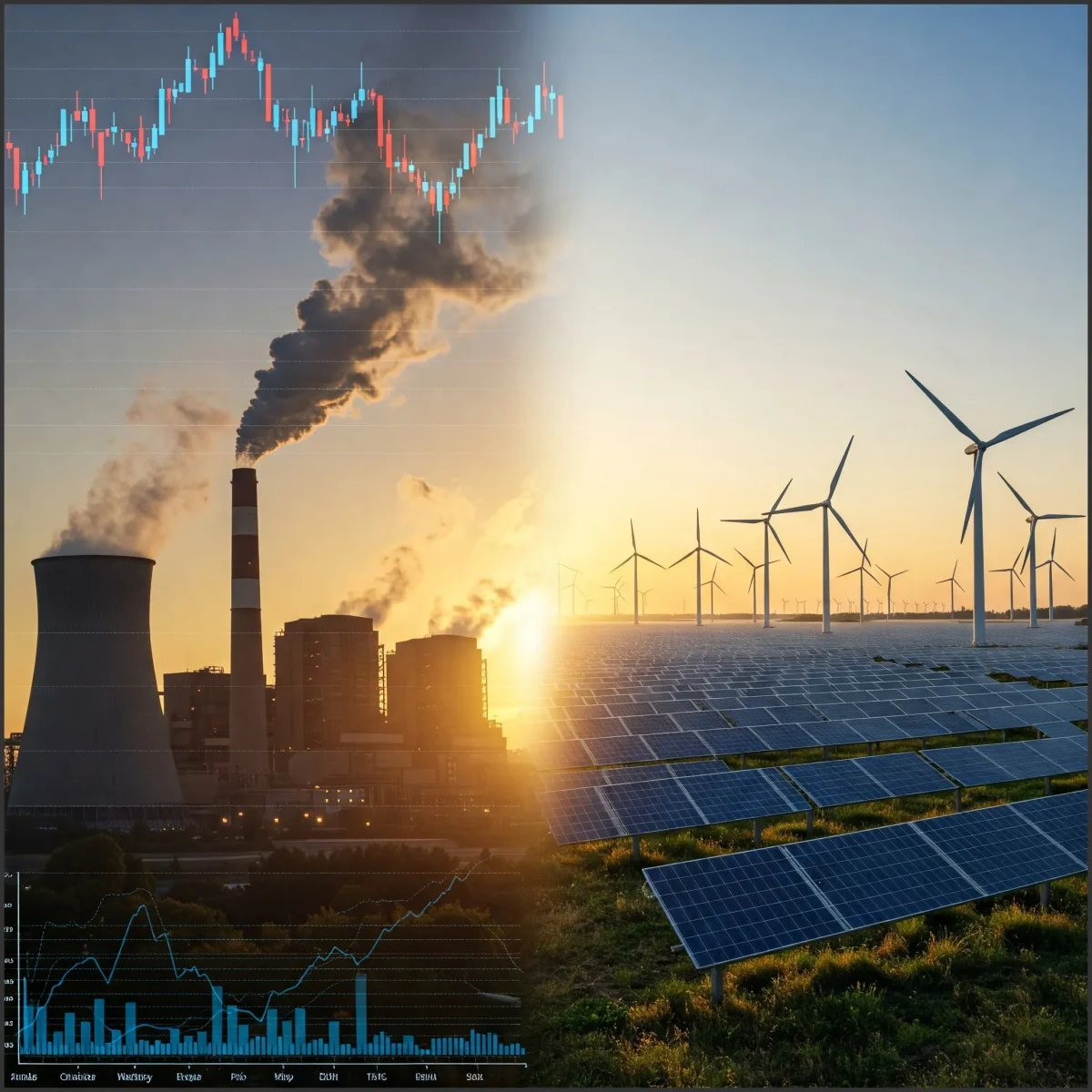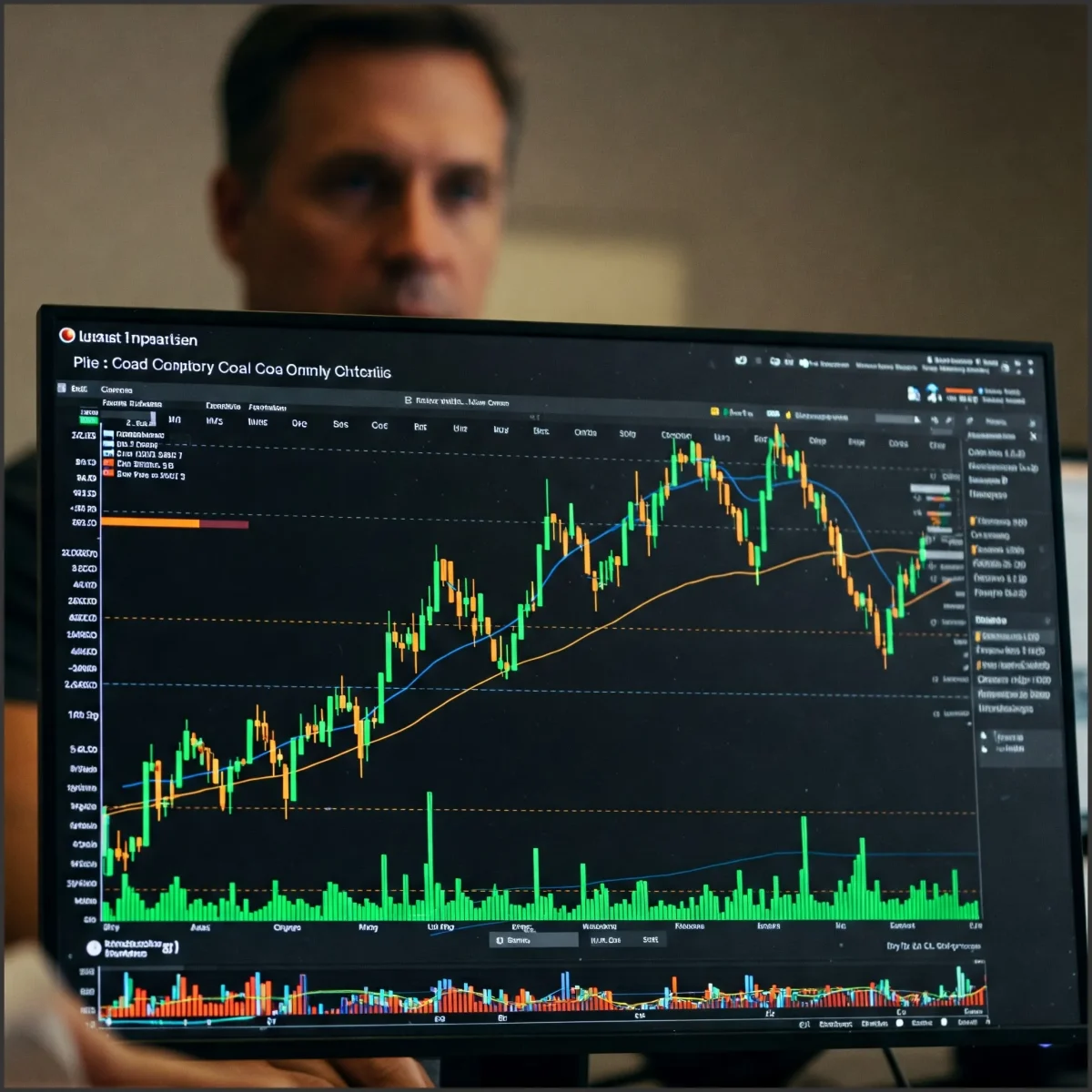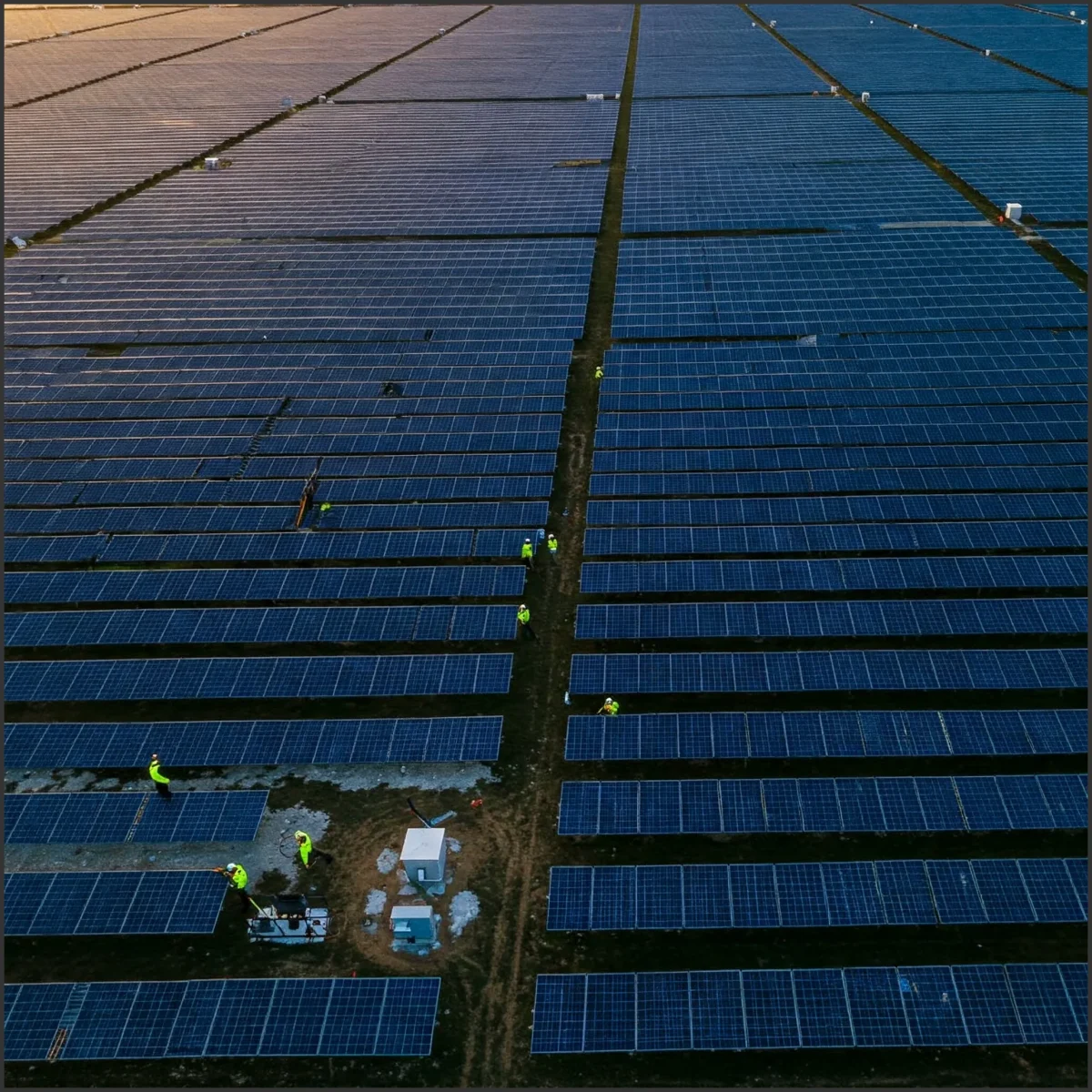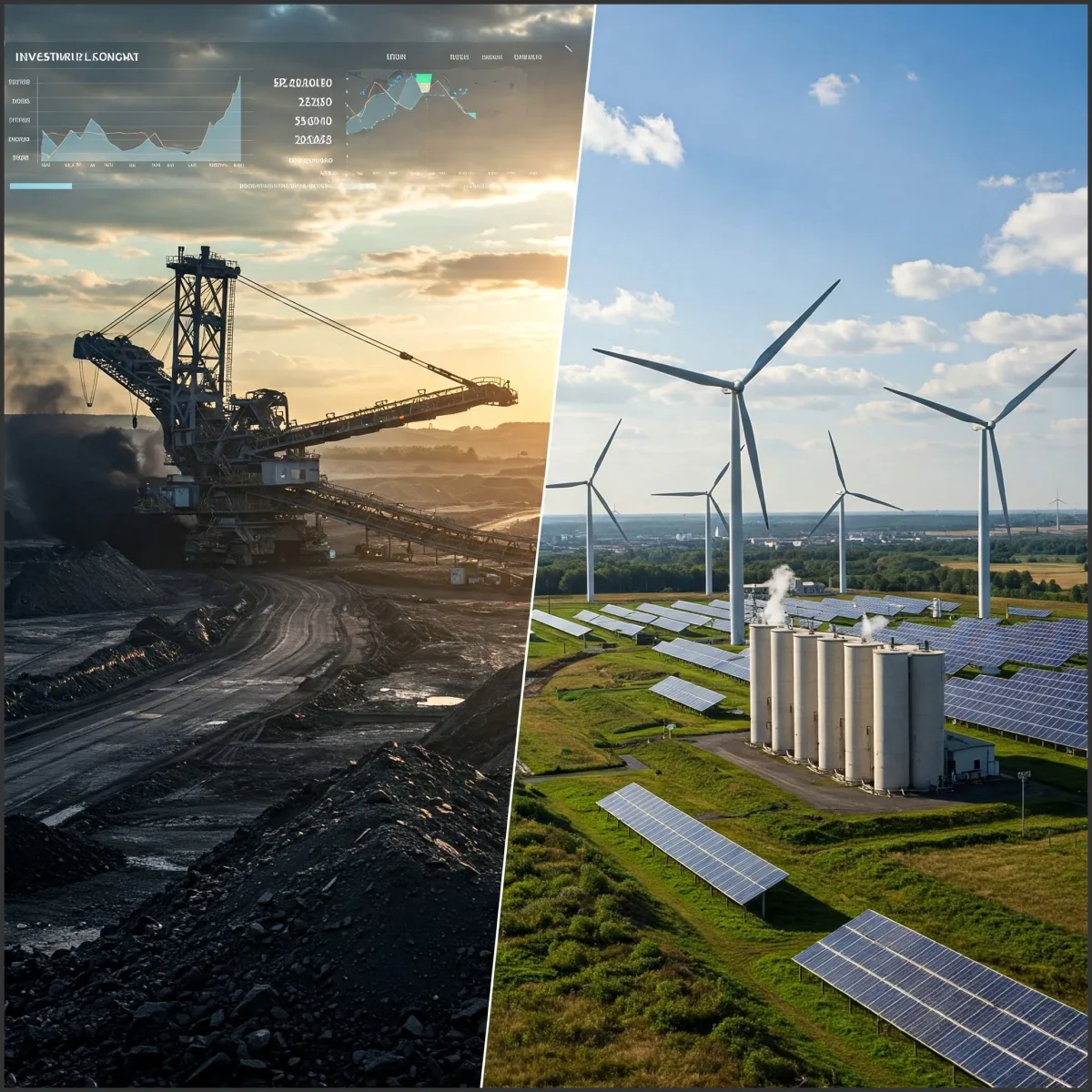
Coal vs renewable energy investments policy 2025 is creating a confusing landscape for family investors like me. Let me tell you something that’s been keeping me up at night lately. As someone who’s been watching the energy markets for years while trying to plan for my kids’ college funds, I’ve been completely fascinated by the massive shift happening in US energy policy right now. It’s like watching two trains headed in opposite directions, and I’m trying to figure out which one to put my money on!
Coal vs Renewable Energy Investments Policy 2025: New Opportunities
When President Trump took office in January 2025, I knew we’d see some dramatic changes in the energy sector. Boy, was I right! The US Department of Energy has completely pivoted its focus back to coal with that “Reinvigorating America’s Beautiful Clean Coal Industry” executive order. As a mom who remembers when coal was essentially declared “dead,” this policy whiplash is giving me serious investment whiplash too!
The DOE is pouring an astonishing $200 billion into financing coal projects and even bringing back closed coal plants. They’ve also reinstated the National Coal Council, which is basically rolling out the red carpet for the coal industry’s comeback tour. For those of us watching our investment portfolios, this raises some serious questions about where to put our money in 2025.
But here’s what really gets me – while all this is happening in Washington, the actual numbers tell a different story. According to the Energy Information Administration, global coal demand is only expected to plateau through 2027 at around 8.77 billion tonnes. That’s not exactly explosive growth! As a mom who’s seen plenty of trends come and go, I’m wondering if this coal revival is more political than practical.
What This Means for Coal Stocks in 2025

If you’re considering investing in coal right now (and I know many of us are at least curious), there are some interesting short-term opportunities with companies like Peabody Energy (BTU) and Arch Resources (ARCH). The EIA is forecasting US coal production to rise to approximately 490 million short tons in 2025, up from 480 million short tons. That’s a modest increase that could translate to some stock gains.
But here’s where my mom-sense starts tingling with caution. Coal consumption by US power plants is expected to grow by 4% in 2025 compared to 2024, but production is actually projected to drop by 4%. This mismatch means we’re looking at a 19% reduction in coal stocks by year-end! For those of us who’ve been investing long enough to remember the coal bankruptcies a few years back, these numbers don’t exactly inspire confidence for long-term holdings.
What’s more concerning is that high coal stockpiles (we’re talking 112 days’ supply as of late 2023) and fierce competition from renewables could seriously limit any upside potential. As someone who’s learned the hard way about investing in declining industries, I’m extremely cautious about going all-in on coal stocks despite the policy tailwinds.
If you’ve been looking at budget-friendly investment strategies in other sectors, you might want to apply similar caution here with coal stocks.
The Unstoppable Rise of Renewable Energy

Here’s what’s truly fascinating about our current moment: even with all the pro-coal policies coming from Washington, renewable energy just keeps marching forward! The International Energy Agency reports that global clean energy investment reached a staggering $1.7 trillion in 2023, outpacing fossil fuel investment by almost 2-to-1. That’s not a trend that’s going to reverse overnight, no matter what energy policies come out of DC.
In our own backyard, utility-scale solar generation is set to grow by 75% by 2026. As a mom who’s watching energy bills climb higher every year, I’m definitely paying attention to this trend! We’re expected to add 79,000 MW of new renewable capacity, and renewables (solar, wind, and hydro) are forecasted to generate nearly twice the electricity of coal in 2025.
Even in Texas – yes, oil and gas loving Texas! – renewables are projected to surpass natural gas as the top electricity source this year. When you see this kind of unstoppable momentum, it makes you question whether the coal revival can really last beyond a few policy cycles.
For anyone interested in understanding how technology is reshaping other aspects of family life, check out this fascinating article about AI-powered parenting tools that shows similar technological transformation.
How to Approach Clean Energy ETFs in 2025

If you’re like me and looking for a simpler way to invest in the energy transition without picking individual stocks, ETFs are definitely worth considering. Clean energy ETFs like the iShares Global Clean Energy ETF (ICLN) and Invesco Solar ETF (TAN) have seen impressive growth in recent years as investments in solar, wind, and storage have reached record levels.
In 2024, global energy storage installations grew by an incredible 76%, and this trend is expected to continue in 2025. This is particularly good news for ETFs with exposure to battery technology. My husband and I added some of these to our retirement portfolio last year, and despite some volatility, we’re seeing promising long-term potential.
That said, I won’t sugarcoat the risks. The Trump administration’s skepticism toward renewables, including potential tariffs and rollbacks of the Inflation Reduction Act, could introduce some serious volatility in the short term. US solar installations are actually forecasted to shrink 16% in 2025 due to tariff risks. But as a mom who’s always thinking long-term (college isn’t getting any cheaper!), I’m more focused on the declining costs of renewable technologies and rising global demand.
For instance, the cost of onshore wind has fallen to just $0.033/kWh in 2021 according to the International Renewable Energy Agency. That’s cheaper than coal or gas in many markets! As an investor, these fundamental economic advantages matter more to me than temporary policy headwinds.
Smart Coal vs Renewable Energy Investments Policy 2025 Strategies

After spending countless nights researching this topic (usually after getting the kids to bed), here’s my practical advice for navigating energy investments in 2025:
Coal vs Renewable Energy Investments Policy 2025: Cautious Approach
If you’re determined to play the coal revival, consider it a short-term trade rather than a long-term investment. Companies like Peabody Energy might see temporary boosts from policy support, but watch natural gas prices and export tariffs closely. China’s 34% tariff on US coal imports is already causing export projections to drop from 97 million short tons to 93 million short tons in 2025.
Remember that coal’s fundamental challenges – competition from cheaper alternatives and global climate commitments – haven’t disappeared. As someone who’s been burned before by investing in “comeback” industries, I’m extremely wary of coal’s long-term prospects despite the current policy support.
Renewable Energy: Think Beyond Federal Policy
The beauty of renewable energy investments in 2025 is that they’re increasingly driven by economics rather than subsidies. Solar and wind are now cost-competitive with conventional generation in most markets. Plus, state-level policies and private sector commitments are providing a buffer against federal policy changes.
Companies like First Solar (FSLR) and Enphase Energy (ENPH) face near-term risks from potential IRA rollbacks, but they’re supported by fundamental cost advantages and global demand growth. California’s high utility rates continue to drive solar demand regardless of federal policy, and tech companies remain committed to sustainability goals that require renewable energy.
For those interested in understanding how sustainable practices are growing in other sectors, this article on eco-friendly travel destinations shows similar consumer-driven sustainability trends. These trends mirror what we’re seeing in coal vs renewable energy investments policy 2025 decisions, where consumer and market forces continue to drive renewable adoption despite policy shifts.
Diversification is Your Friend
As a mom who’s seen enough market cycles to be humble about predictions, my best advice is diversification. Consider allocating to companies like NextEra Energy (NEE) that balance renewable and traditional energy assets to hedge against policy volatility.
ETFs offer another great way to spread your bets. Look beyond just solar or wind to consider hydrogen-focused ETFs like the Global X Hydrogen ETF (HYDR) or funds focused on grid modernization, which will be essential regardless of which energy sources dominate.
Coal vs Renewable Energy Investments Policy 2025: Profitable Bottom Line

When I look at coal vs renewable energy investments policy 2025 landscape, I see a complex picture that defies simple narratives. Yes, the US Department of Energy is giving coal a policy boost that could create short-term opportunities. But the global energy transition continues to accelerate, driven by economics as much as environmental concerns.
For my family’s investments, I’m approaching coal stocks with extreme caution while maintaining our long-term exposure to renewables through diversified ETFs. I’m also keeping a close eye on state-level policies and corporate sustainability commitments, which could provide resilience against federal policy shifts.
Remember that energy transitions take decades, not years. As parents investing for our children’s futures, we need to look beyond the current policy cycle to the fundamental forces reshaping energy markets. The renewable energy revolution may face temporary setbacks in 2025, but its long-term trajectory remains powerful.
Whether you’re reassessing your investment strategy or just trying to understand what these energy shifts mean for your family’s future, I hope this perspective helps you navigate the complex interplay of policy and markets in 2025.
Have you adjusted your coal vs renewable energy investments policy 2025 strategy? I’d love to hear your thoughts in the comments below!

